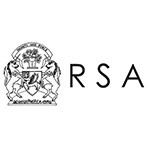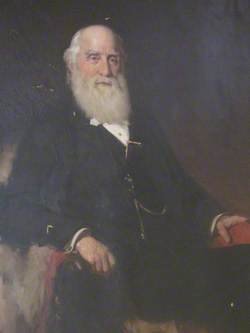How you can use this image
This image is available to be shared and re-used under the terms of the Creative Commons Attribution-NonCommercial-NoDerivatives licence (CC BY-NC-ND).
You can reproduce this image for non-commercial purposes and you are not able to change or modify it in any way.
Wherever you reproduce the image you must attribute the original creators (acknowledge the original artist(s) and the person/organisation that took the photograph of the work) and any other rights holders.
Review our guidance pages which explain how you can reuse images, how to credit an image and how to find more images in the public domain or with a Creative Commons licence available.
DownloadNotes
Add or edit a note on this artwork that only you can see. You can find notes again by going to the ‘Notes’ section of your account.
Although the iconography of the figure is Viking, the appearance of the man is more Mediterranean and suggests that Gibb possibly worked from an Italian model as was the fashion at the time. Gibb appears to have paid great attention to accuracy of costume. The intricate chainmail tunic or 'byrnie' that the figure wears is a potent symbol of his elevated status as such a garment was costly to produce and was only worn by Kings and leaders. The gold torques that he wears on each arm are also a display of his wealth and power and were often used as bonds between important figures and their vassals. The striking oval brooch that secures his cloak is very similar in style to tenth-century examples in the British Museum and doubtless Gibb had carried out his research on Viking artefacts carefully.
Royal Scottish Academy of Art & Architecture
Edinburgh
Title
The Sea King
Date
1882
Medium
oil on canvas
Measurements
H 88.1 x W 111.1 cm
Accession number
2000.015
Acquisition method
Diploma Work deposit, 1882
Work type
Painting
Inscription description
Robert Gibb 1882









